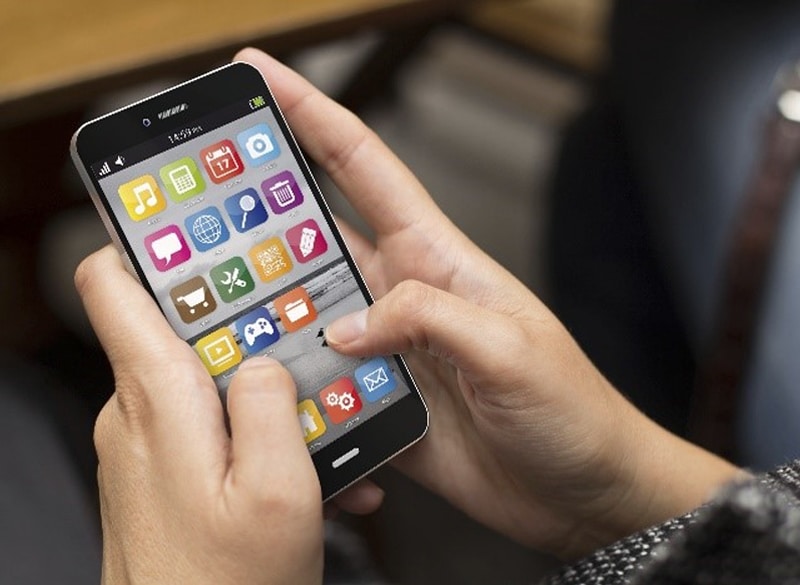
CHARITY RETAIL SPECIALIST LAUNCHES QUEUE BUSTING APP
Leading charity software solutions provider, Nisyst, has launched QBuster, an app for charity retailers aimed at reducing queues at till points, increasing in-store efficiencies and boosting revenue and gift aid.
Developed in collaboration with charities, the new app has been introduced as an additional feature to the market-leading CHARiot solution, ensuring that donors and shoppers no longer need to queue up together.
QBuster can be used anywhere in the store on both Android and iOS tablets and can replace standard donor forms, register signatures, generate reports and provide a bag drop processing functionality.
It includes a digital donor form which has the Gift Aid declaration and Agency Agreement, featuring the required tick box and a functional signature panel, taking the pressure away from the till point whilst cutting out the need for paperwork.
CHARiot is the first HMRC recognised solution for processing Gift Aid on Rags and QBuster includes this functionality to allow users to capture rag items at all times regardless of till or back office availability. The app also monitors non-Gift Aid donations and will help retailers keep a close eye on how those compare to the Gift-Aided items.
Bob Chunilal, managing director at Nisyst, said: “Gift Aid is an important stream of income for charities and every opportunity to maximise it has to be considered. QBuster has been developed in response to the need to capture the increasingly busy customers who don’t have time to wait around to register their details and Gift Aid their donations.
“The app enables charity staff and volunteers to register donors or update their details as and when they arrive at the store. Charity retailers can now address the scenario of ‘here are my bags – I can’t wait any longer’. QBuster is easy to use and the recorded data is automatically securely transmitted to the till minimising errors.”
Share this:

With over thirty years of experience developing EPoS systems, Nisyst is a family-owned business whose main mission is to make technology work harder for the charity sector.

Quick links
© 2022 All rights reserved Nirvana Intelligent Systems Ltd. Website designed & developed by evokeu
